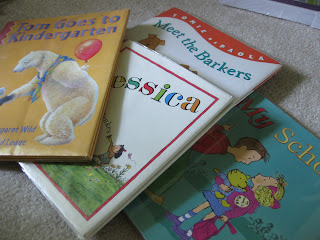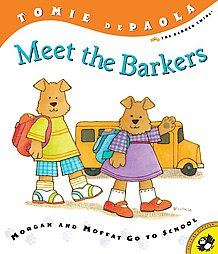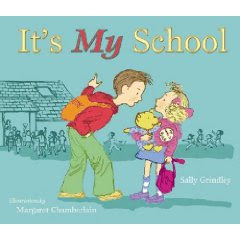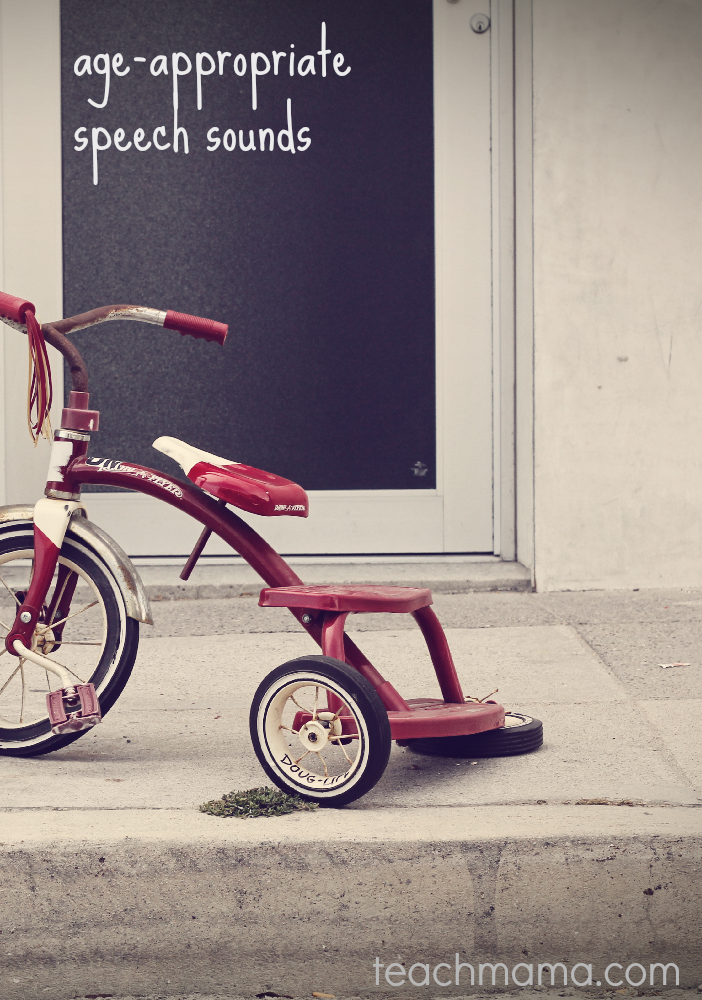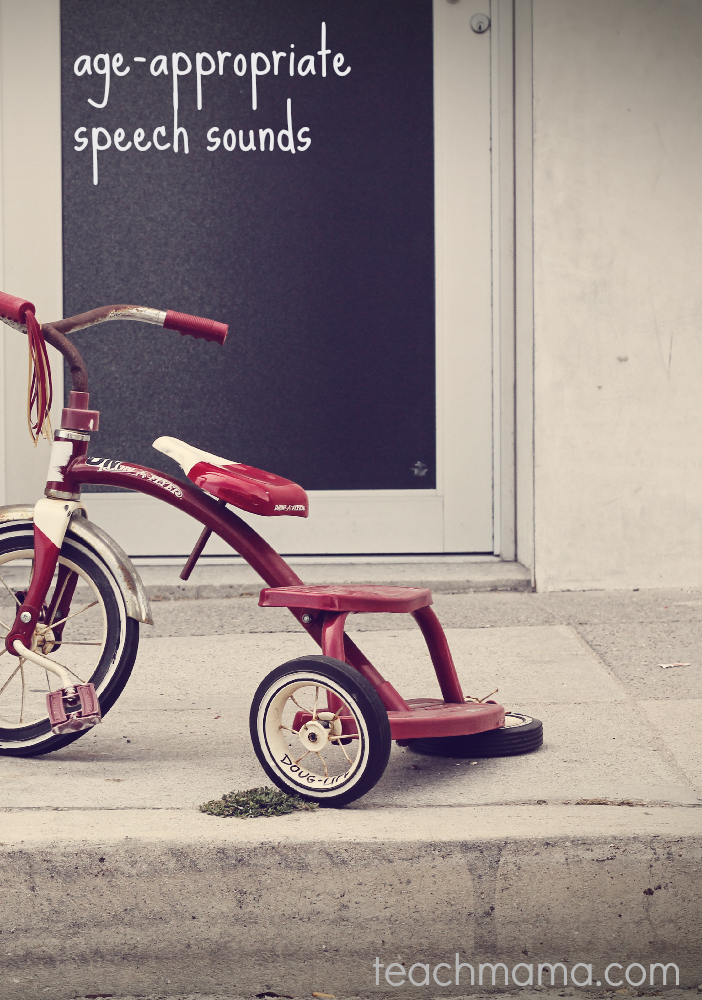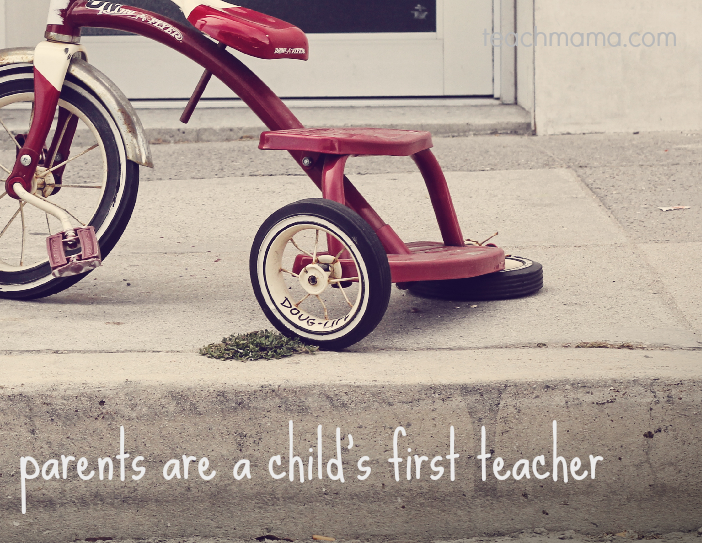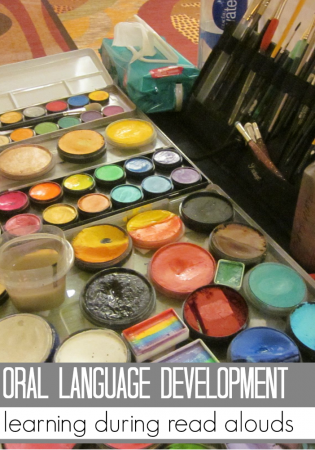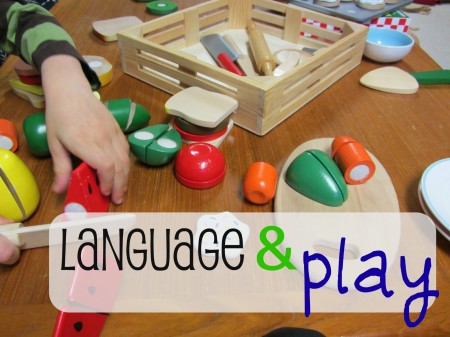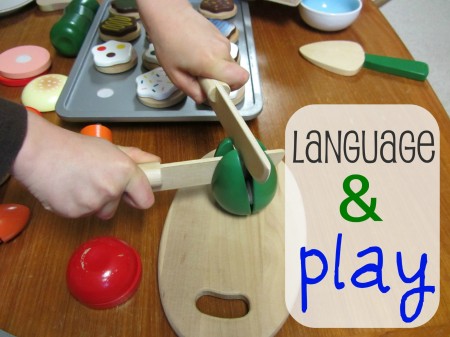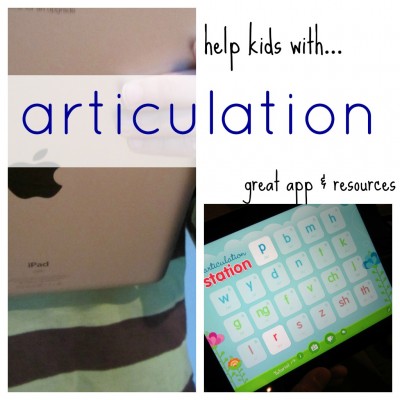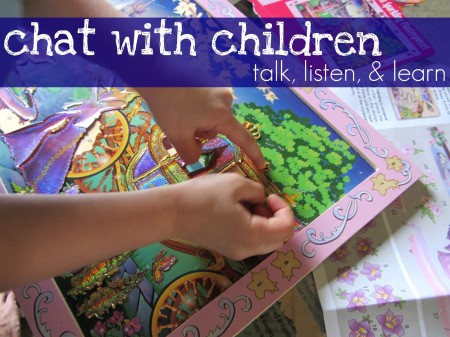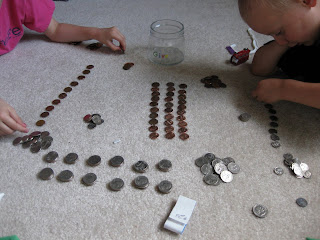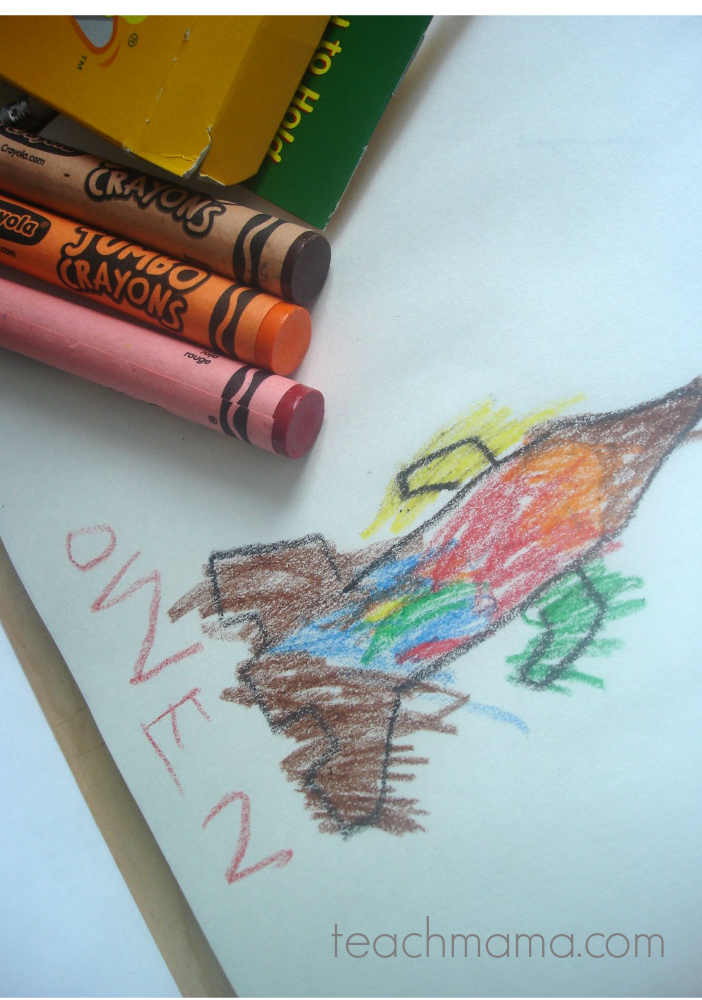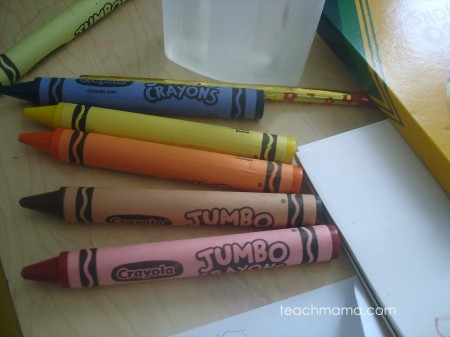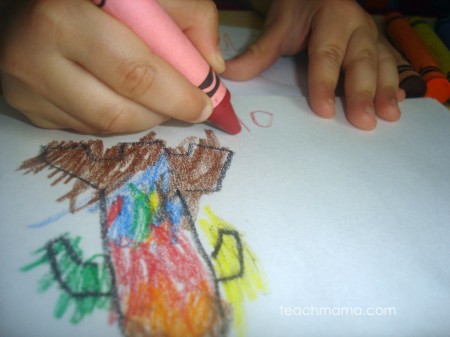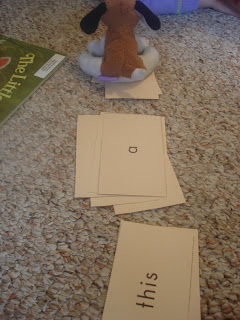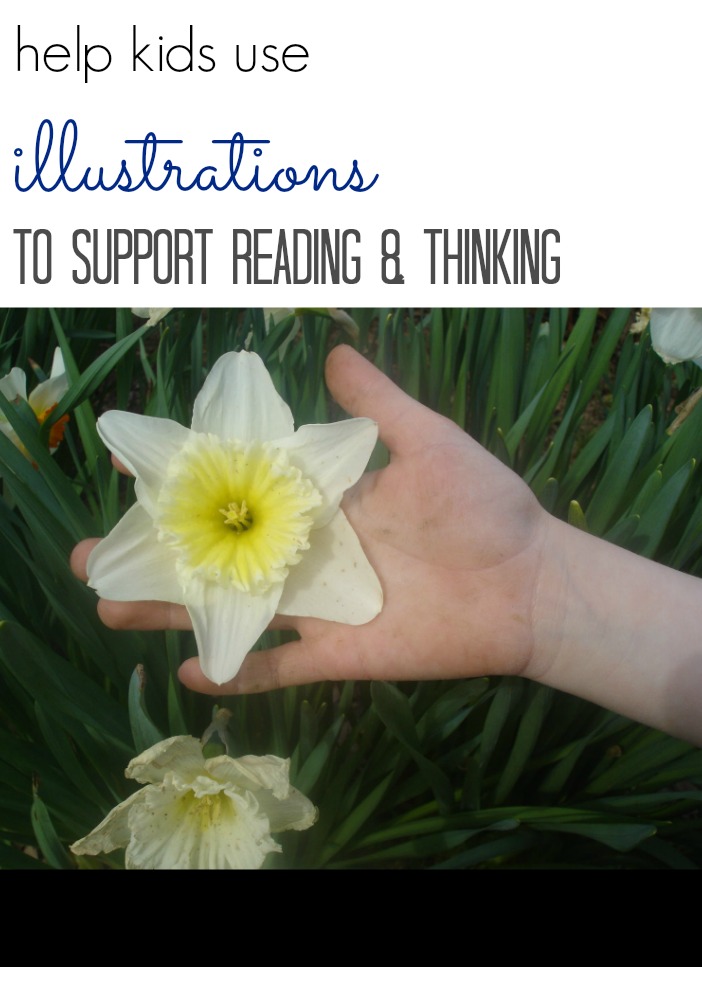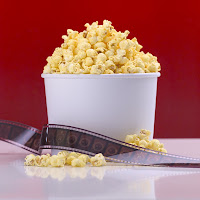Today is the National Council of Teachers of English and the International Reading Association’s new National Day on Writing!
The National Day on Writing is designed to draw attention to the variety of writing that occurs as part of daily life in the United States as well as to celebrate composition in all forms (Reading Today, Aug/Sept 2009).
What better day than today to share one of my favorite ways of teaching reading and writing?
- Story Repair: Maddy and I have done this several times now, and she really loves it. When used in combination with a Writer’s Notebook and other authentic writing prompts and exercises, it’s a great way of varying instruction and making learning fun.
Maddy and I were talking about the guinea pigs and then we moved to the rabbit that I had as a pet years and years ago. We joked about how Marty (the rabbit) was not a gentle pet like Golden and Guinea and that he hopped around our house and often bit my husband and me. And he gnawed wires, clothes, and furniture, but that’s a whole other story. . .
After we had talked for a while, I said, Maddy, let’s write a story about a bunny. Actually, you decide on the story, and I’ll write it for you.
She started dictating quickly, and I wrote the first few lines of her story. The focus here isn’t length but more the creation of two or three meaningful sentences.
Maddy’s story is starting to come together.After I wrote her first two sentences, we read them together, and then I cut the words apart.
I mixed them up and put the words in front of Maddy. And then I asked her to put the words in the correct order.
She slowly repeated the first sentence and hunted for the words. I put her Writers Notebook in front of her, and she laid out the words on the paper. As she moved each word, she read it aloud.
When the sentences seemed complete, we read them together to make sure they were correct. Then Maddy taped the words on the page, drew a picture on the bottom, and we were finished!
This activity is pretty simple, but it’s really worthwhile. Used in some intervention programs–like Reading Recovery–it helps emerging readers get back on track, I’ve also used it frequently with the younger readers I’ve tutored.
Here are some reasons it’s a great activity:
- It gives students a break from actually composing their ideas–that way they can create any story they choose without the pressure of spelling words correctly or writing their letters accurately.
- Students get a chance to see what their “stories” look like on the page.
- Students can play with the words, and they realize that they can read more than they thought when they locate the words and put them in the correct order.
- It works their growing brains–first, their creativity in the development of the story and second, by having them retain the story in their mind as they put it back together.
- Students can learn that they can figure out words by using whatever they can recognize–beginning letters and their sounds or ending letters and their sounds. Or, they learn to look for word length to figure them out; either way works!
- Emerging readers will also recognize grammar conventions–sentences begin with a capitalized word and end with a period.
And that’s it for today. . . happy National Day on Writing!

